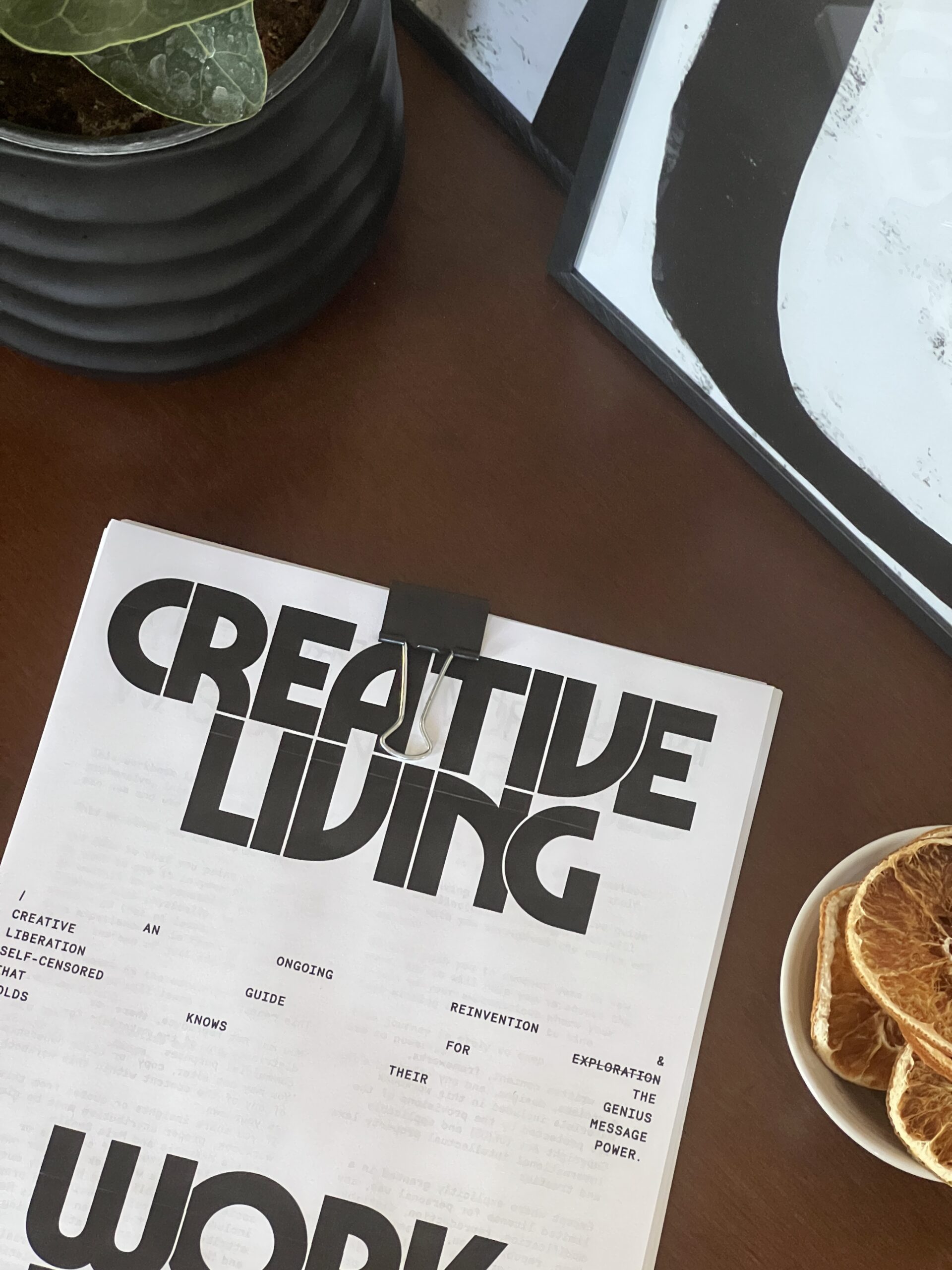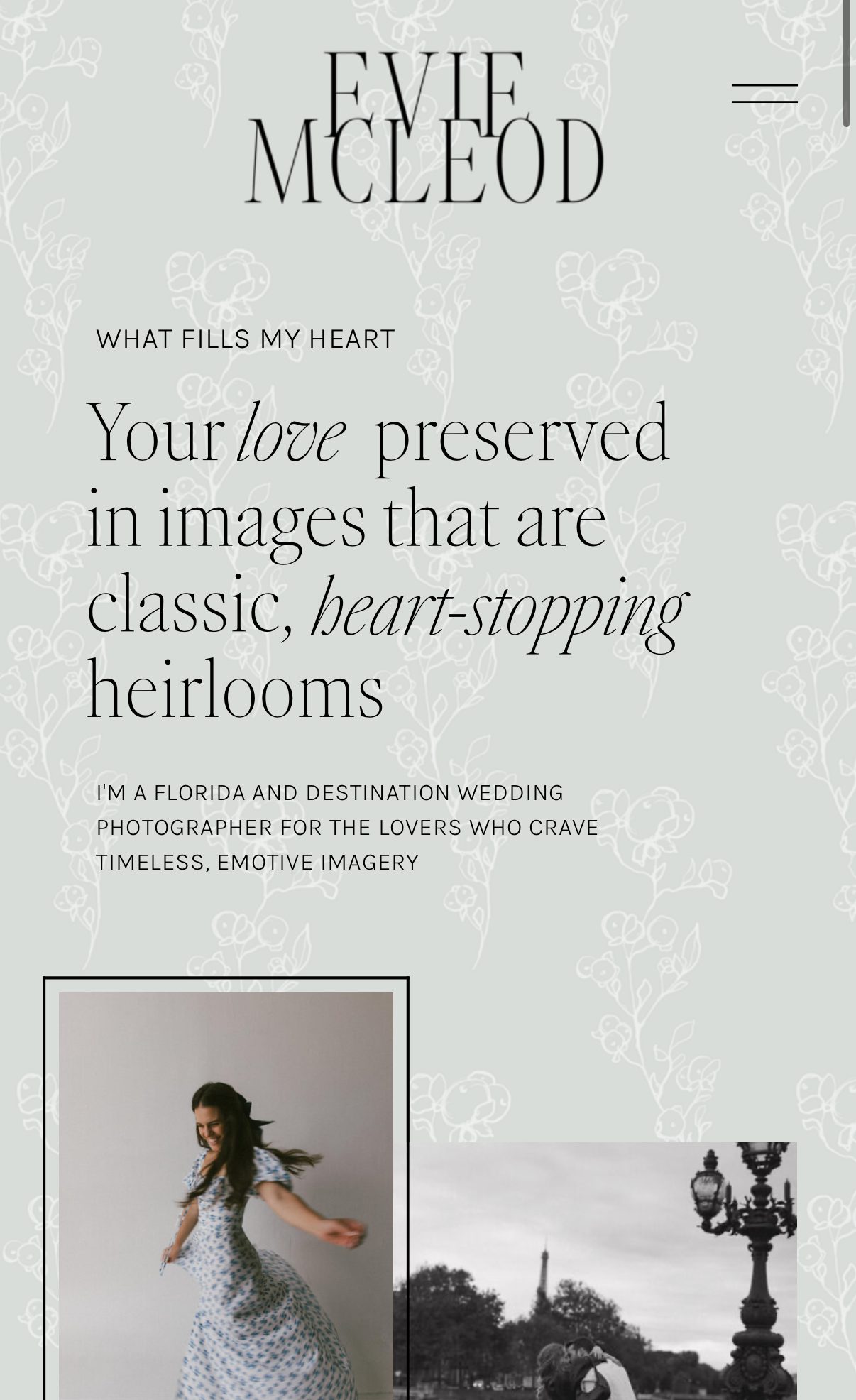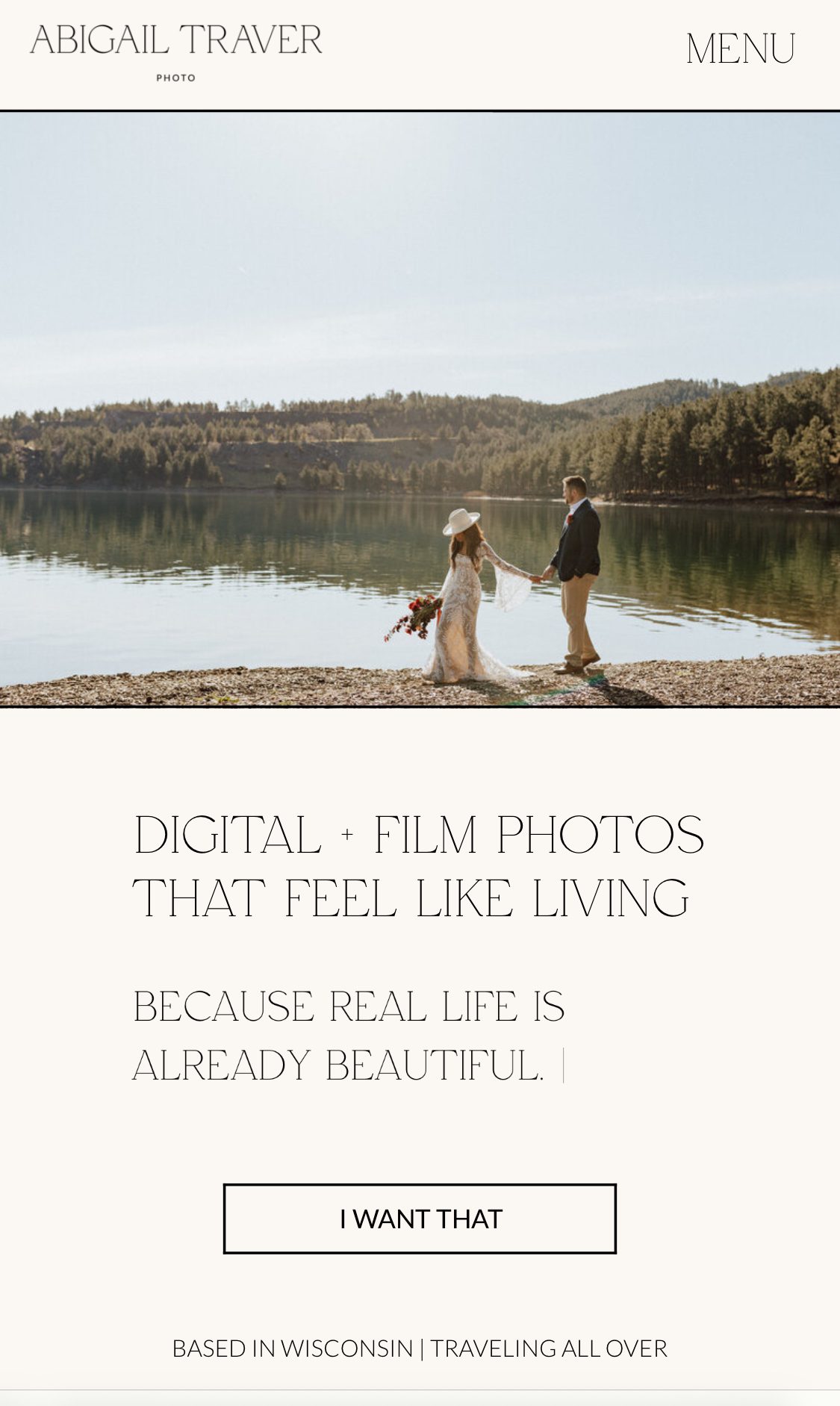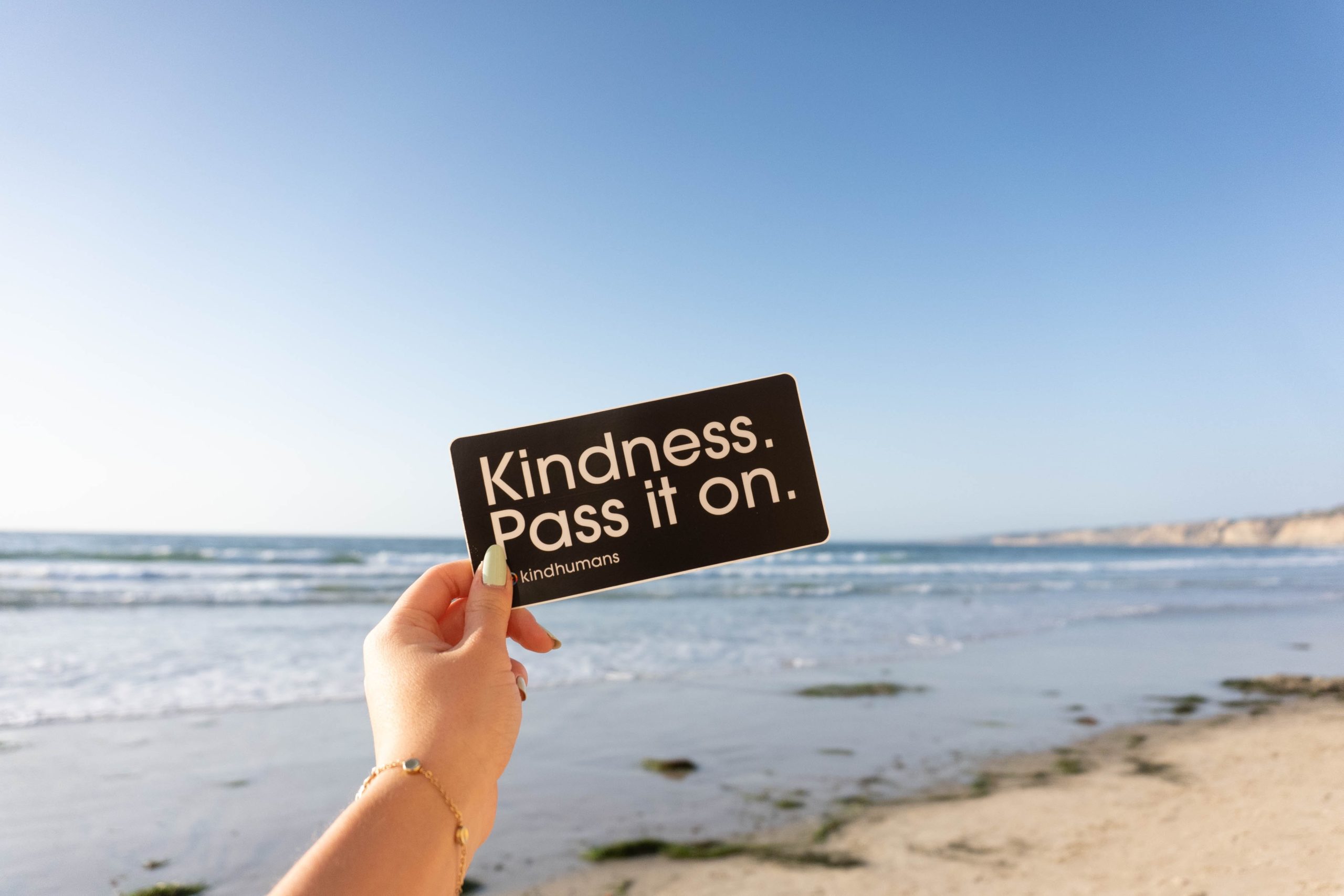Here’s a paradoxical fact about me: as much as I love words, I almost always struggle to say what I mean.
This struggle is partly why I love writing. Somehow, as I scribble in my journal or pound away on my keyboard, I have the freedom to toy with words and erase them and look up synonyms and work until I’ve described on paper what is floating in my head
I’m also *not* a verbal processor (which I didn’t realize until I married a verbal processor haha). Most of the time, I don’t talk to understand my thoughts. I usually mull things over for a days or weeks before I start to pull them apart and make sense of whatever is spinning around.
Another fact: I’m a recovering people-pleaser. 🫠 It’s my default to say what I think will diffuse a tense situation, or word my opinion in a way that will be most palatable. And while this careful tendency HAS resulted in occasionally decent diplomacy skills, it also has been harmful. I’ve realized that while diplomacy can be good, it’s not good if it ends up compromising what I believe.
I launched my copywriting business in 2020. From the very beginning, I’ve been about words that are honest, ethical, genuine, and compelling… pretty much the opposite of the small print, slimy car salesman kind of old fashioned marketing that is very much going out of style.
As I began to write copy for a growing number of businesses, I realized that one of the must consistent struggles for artistic brands struggled was simply developing the words for how to say the basics of their brand. And so along with my business name, Studio Tell, I started to have “tell it like it is” in the back of my mind whenever I wrote copy. If I didn’t know where to start? Tell it like it is. If I couldn’t see the big picture? Tell it like it is. In other words, start with the facts of what you know, say them clearly, and go from there.
See how the pieces are connecting? 😏
This “tell it like it is” approach to copywriting has become my foundation whenever I write another website or work on copy for a brand messaging guide. Yes, I love copy that is funny and descriptive and clever, and I will always work to weave personality into copy (depending on the voice of the brand, of course). But as that has become my copywriting default, I’ve learned that the straight-forward, start-with-the-basics approach should also be my heart with all communication.
Trying to tell it like it is has changed the way I communicate with Marshall, particularly around any conflict we’re working through.
It’s changed the way I approach potentially controversial conversations.
It’s impacted the way I write texts to friends.
It makes me pause before I thoughtlessly say “Good, how are you!” when someone asks about my life.
I got burned on my old comfortable method beating around the bush and being vague, in the name of diplomacy. Of course, I still believe in kindness, in choosing words with care, in not gossiping, and iin having discretion in conversation. But when I’m stuck or wondering how to talk to someone or about something, I’ve learned I have to start at the same place as I do with copywriting projects. I need to tell it like it is. “Like it is” won’t be articulated as perfectly as I wish, of course, most times. But attempting to see the facts and say them instead of hoping my meaning is somehow conveyed through my indirect language has quite literally changed my approach to communication.
Of course I can insert all the disclaimers here. I’m doing this imperfectly, I’m not always brave, I still don’t always think clearly in the middle of a conversation and often kick myself afterwards for not saying something more accurately. But here’s my encouragement to you: if you struggle to say what you think or be clear about how you feel, keep “tell it like it is” in mind. Your candid words probably won’t be perfect either, but I am convinced the fresh honesty will bring you freedom. 🤍





































































































+ show Comments
- Hide Comments
Add a comment